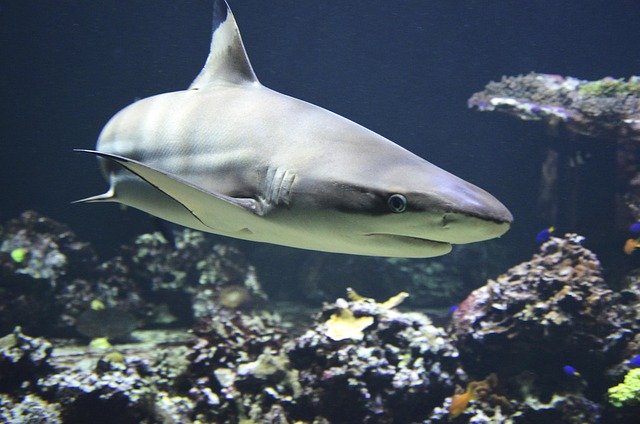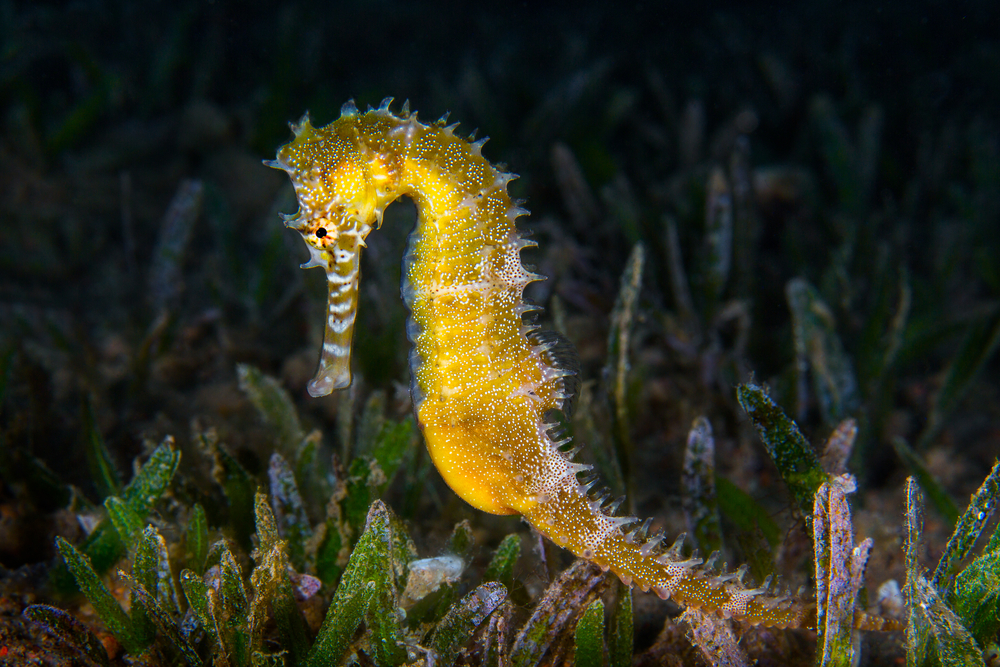Aquatic Aromatherapy: The Surprising World of Fish Scents
The underwater realm is a sensory wonderland, teeming with vibrant colors, mesmerizing movements, and intricate textures. But beneath the surface lies a fascinating aspect of aquatic life that often goes unnoticed: the world of fish scents. From communication to survival, these aquatic aromas play a crucial role in the lives of our finned friends. Join us as we dive into the captivating realm of aquatic aromatherapy and explore how fish use scents to navigate their watery world.

The Nose Knows: Fish Olfactory Systems
Fish possess highly developed olfactory systems that allow them to detect and process a wide range of chemical signals in their aquatic environment. Unlike humans, who rely primarily on their noses for smell, fish have specialized organs called nares located on their heads. These nares contain olfactory receptors that can detect minute concentrations of dissolved chemicals in the water.
The fish olfactory system is incredibly sensitive, capable of detecting scents at concentrations as low as one part per trillion. This remarkable sensitivity allows fish to pick up on subtle chemical cues that would be imperceptible to most other animals. Some species of fish can even detect scents from several kilometers away, making their sense of smell a powerful tool for navigation and survival.
Chemical Communication: The Language of Scents
One of the most fascinating aspects of fish scents is their role in communication. Many fish species use chemical signals, known as pheromones, to convey information to their fellow aquatic inhabitants. These pheromones can carry a wealth of information, including warnings of nearby predators, signals of reproductive readiness, and even indicators of social status within a group.
For example, some species of cichlids use pheromones to establish and maintain hierarchies within their social groups. Dominant individuals release specific chemical signals that help reinforce their status and deter challenges from subordinate fish. This chemical communication allows for complex social interactions without the need for physical confrontations, helping to maintain order and stability within fish communities.
Scent Trails: Navigating the Underwater Maze
Many fish species rely on scent trails to navigate their aquatic environments and locate important resources. Salmon, for instance, are famous for their ability to use olfactory cues to find their way back to their natal streams for spawning. These remarkable fish can detect and follow minute traces of chemicals unique to their home waters, even after spending years in the open ocean.
Other fish use scent trails to locate food sources or avoid areas where predators have recently been active. Some bottom-dwelling fish, like catfish, have highly developed olfactory abilities that allow them to detect food buried in sediment or hidden in crevices. This keen sense of smell gives them a significant advantage in finding sustenance in murky or low-visibility environments.
Aromatic Attraction: Scents in Fish Courtship
Scents play a crucial role in fish courtship and mate selection for many species. Male fish often release pheromones to attract females and signal their readiness to mate. These chemical signals can convey important information about the male’s fitness, genetic quality, and overall health, helping females make informed choices about potential mates.
In some species, such as the African cichlid, females release specific pheromones when they are ready to spawn. These chemical cues trigger courtship behaviors in males and help synchronize the timing of reproduction within a population. This olfactory-based communication ensures that mating occurs at the most opportune moments, increasing the chances of successful reproduction.
The Scent of Danger: Predator-Prey Interactions
Fish scents also play a critical role in predator-prey dynamics. Many prey fish species have evolved the ability to detect chemical cues released by predators, allowing them to react quickly and avoid danger. When a predator attacks and injures a fish, the wounded individual often releases an alarm substance that alerts nearby conspecifics to the presence of danger.
This chemical warning system can trigger a variety of defensive behaviors in prey fish, such as increased vigilance, schooling, or rapid escape responses. Some fish species can even learn to associate specific scents with danger, allowing them to avoid predators they have never directly encountered before. This olfactory-based learning demonstrates the sophisticated cognitive abilities of many fish species.
Scent-Based Conservation: Protecting Aquatic Ecosystems
Understanding the role of scents in fish behavior and ecology has important implications for conservation efforts. Researchers are exploring ways to use artificial scents to manipulate fish behavior for various purposes, such as guiding migratory species around obstacles or deterring them from entering dangerous areas.
For example, scientists are investigating the use of synthetic alarm substances to protect endangered fish species from invasive predators. By strategically deploying these chemical cues, conservationists hope to create “chemical barriers” that discourage predators from entering critical habitats or spawning grounds.
The Future of Fish Scent Research
As our understanding of fish scents continues to grow, new avenues for research and application are emerging. Scientists are exploring the potential use of fish pheromones in aquaculture to improve breeding success and manage fish populations more effectively. Additionally, studying the olfactory abilities of fish may provide insights into the evolution of sensory systems and the development of new technologies for environmental monitoring and pollution detection.
The fascinating world of fish scents offers a unique perspective on the complexity and diversity of life beneath the waves. As we continue to unravel the mysteries of aquatic aromatherapy, we gain a deeper appreciation for the intricate ways in which fish interact with their environment and each other. This growing knowledge not only enhances our understanding of marine ecosystems but also provides valuable tools for conservation and sustainable management of our precious aquatic resources.





